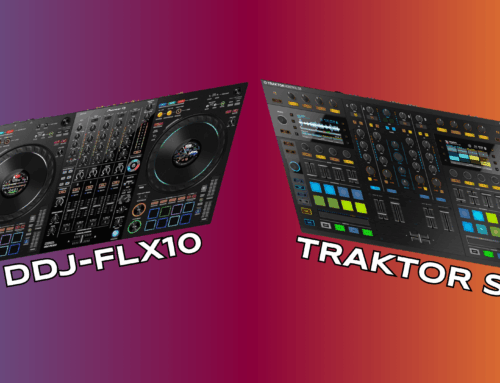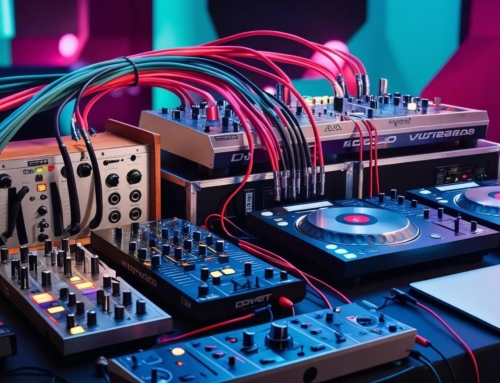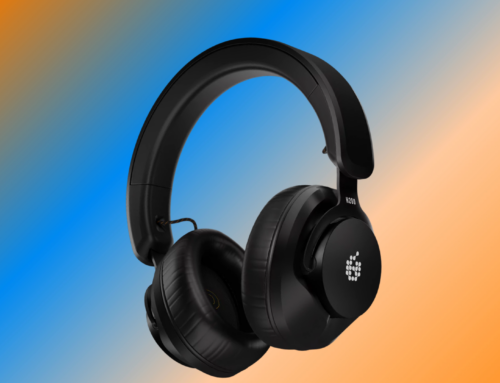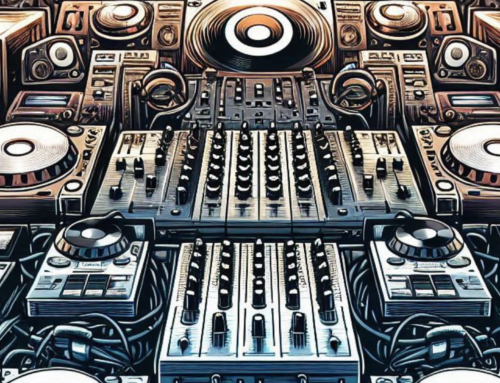 The Ortofon Digitrack is a cartridge/stylus combo designed specifically to meet the needs of DJs who use timecoded vinyl to control software programs like Serato Scratch Live and Traktor Scratch Pro, among others. My first thoughts were that this must be some sort of gimmick, but after playing with the Digitracks for a while, I found that they actually do a pretty great job of tracking timecoded vinyl; in some cases they even outperform my go-to stylus, the Shure M44-7.
The Ortofon Digitrack is a cartridge/stylus combo designed specifically to meet the needs of DJs who use timecoded vinyl to control software programs like Serato Scratch Live and Traktor Scratch Pro, among others. My first thoughts were that this must be some sort of gimmick, but after playing with the Digitracks for a while, I found that they actually do a pretty great job of tracking timecoded vinyl; in some cases they even outperform my go-to stylus, the Shure M44-7.
The Ortofon Digitracks are pretty stylish – their bright red coloring and slender Concorde cartridge shape make for quite an ostentatious package. However, the Digitrack is also significantly lighter than many other styli due to the lack of a beefy headshell/cartridge combo. Even with counterweight forces held the same (at 3.0g), the Digitrack lacks the sheer inertia found in other, larger cartridges (for example, the M44-7). This is only a problem if you are a really heavy-handed scratcher, or if you frequently find your table bumped. In that case, you may find the Digitrack bouncing off the record surface on more than one occasion, a problem I don’t see as much in my big giant Shure cartridges (one solution would be to increase the tracking force, which is okay because the Digitracks are also designed to be gentle on your records).
Scratch DJs with more nimble fingers shouldn’t have a problem with the Digitracks. In fact, most DJs will only notice the Digitrack’s most valuable feature: when they’re in the groove, they stay really tightly integrated with the computer. I’ve had issues with my computer “knowing” where the M44-7s are supposed to be at a certain point in time, but with the Digitracks, the timecode was spot on pretty much all the time. The Digitracks were especially great at low speeds or while making adjustments. I truly felt like I was using real vinyl the whole time.
Speaking of real vinyl, the Digitracks are also designed to be played just as well with non-timecoded vinyl. In terms of sound quality, the Digitracks were about the same or slightly better than the M44-7s. However, they were a little bit quieter, especially in the bass and snare frequencies. That’s a bummer, because those are the most-needed frequencies, but this also makes sense, because timecoded vinyl only makes use of really high frequencies. Even though the bass and snare are maybe not as loud, they did sound better and less muddy than the M44-7s, and the volume issue can easily be fixed with the simple tweaking of the EQ.
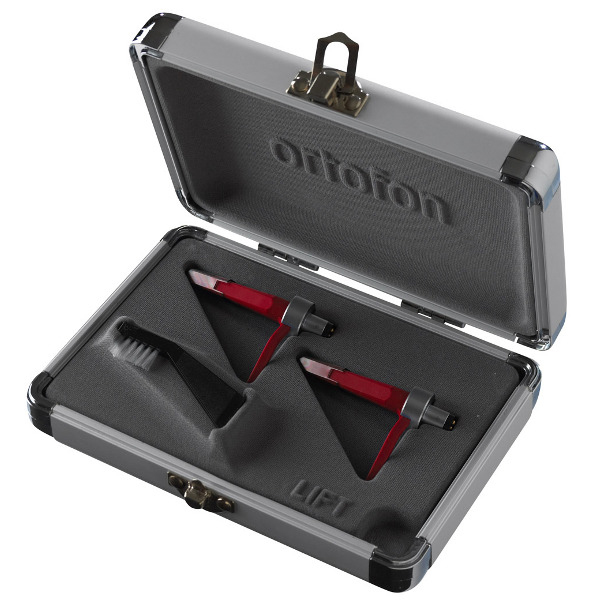
With timecodes, sound quality would be comparable to the shape of the scope and the cleanliness of the signal. With the Digitrack, the scope was nice, clean, and circular, and looked just about the exact same as the M44-7 signal. Even while scratching or at low speeds the scope stayed clean, which is a definite plus for the Digitrack.
The Ortofon Digitrack certainly does a great job when it comes to tightly marrying the timecode vinyl to DJ software. While its lack of inertia may harm its ability to stay in the groove under severe turbulence, in most cases this isn’t a huge problem, and this issue is largely overruled by how nicely it tracks when it does stay in the groove. With a few EQ tweaks and a volume boost, this stylus also sounds pretty good on actual vinyl, allowing for a seamless transition between media.

